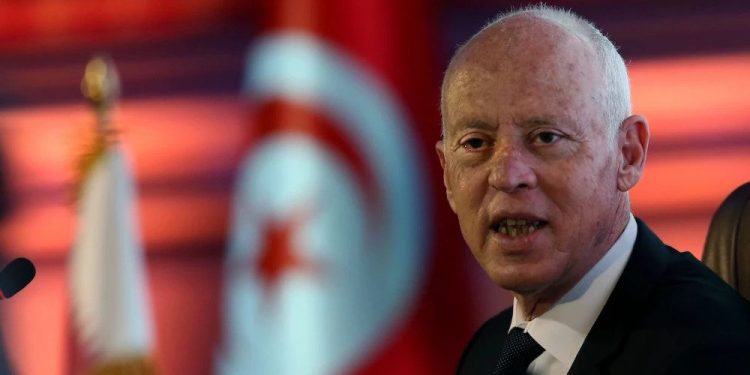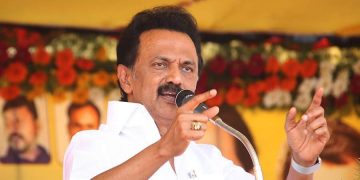It is a pity that Tunisia, the cradle of the Arab Spring movement that led to the fall of autocratic rule, violence and beginning of democracy across much of the Arab world about a decade back, is now back to virtual dictatorship by its President Kais Saied through a so-called constitutional route. Saied has got the seal of approval to constitutional change he has proposed in a referendum in which nearly 93 per cent of the country’s voters have given the “yes” vote. Tunisia was the last bastion of the movement for democratic rule after some other Arab countries that had embraced democracy had given way to autocracy.
Exactly a year before the referendum, Saied had sacked a democratically elected government and froze the parliament. According to the Opposition parties, this was nothing short of a coup. Though the final results will not be known before a month, unofficial figures show an overwhelming 92-93 per cent of those who voted supported the new constitution. Soon after it became clear the verdict was going in his favour, Saied told his supporters Tunisia “has entered a new phase.”
Only around a third of 9.3 million registered voters exercised their franchise for which the Opposition alliance has questioned the legitimacy of the reforms with nearly 70 per cent of the voters staying away from the exercise. Even then the turnout was higher than many observers had expected, which only suggests Saied continues to enjoy personal popularity almost three years after sacking the government. Ahmed Nejib Chebbi, head of the National Salvation Front that includes Saied’s main rivals, accused the election commission of falsifying the figures of votes cast. In fact, the President has seized control of the election machinery, appointing three of the seven members, including the chief.
He has also sacked several judges of the country’s Supreme Court. Saied’s critics have warned the new constitution would give enormous powers in the hands of the President signalling Tunisia’s return to dictatorship. The new constitution seeks to invest the President with the powers to command the army, allow him to appoint a government without parliamentary approval and make it virtually impossible to remove him from office. He can also present draft laws to parliament, which would be obliged to give its approval.
Sadly, the Arab Spring movement crashed after the revolutions were overturned first by military coup in Egypt, then by Saudi intervention in Bahrain and eventually by Gulf support for Syria’s government. Tunisia has so long been seen as the last hope to make the people and not autocrats the supreme in managing the country’s affairs. But, Saudi Arabia and the United Arab Emirates have lent their support to Saied after the political parties let the people down by indulging in corruption and failing to tackle the severe unemployment crisis. The political parties are to blame for the hybrid parliamentary system being replaced by a presidential model that gives Saied unfettered powers to rule.
Arab watchers, however, say the transition from dictatorship to democracy has never been smooth anywhere in the world. Apathy and fatigue have crept in Tunisia’s political discourse due to the failure of the political parties to stem the economic rot. President Saied could become entrenched in power because of the disillusionment of the people with the political parties. The support of 30 per cent of the population is no mean figure.
The referendum in Tunisia is definitely a setback for the fledgling, hybrid democracy. But, the trajectory of revolutionary change across the world follows the pattern of one step forward and one step backward. The Arab Spring seems to be no exception.






































